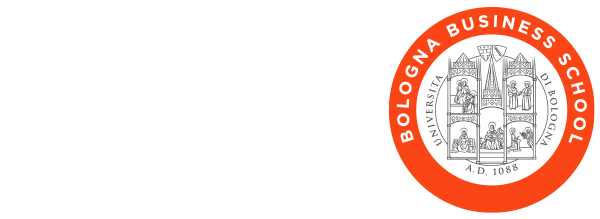Abstract
This case focuses on the critical tension between organizational efficiency and the need for product innovation that SCM experienced after a relevant corpora- te re-engineering and during a complex market evolution. SCM is an industrial group leader who creates, produces, and distributes technologically advanced solutions for processing a vast range of materials. The firm operates in B2B mar- kets. The case starts around the time of the economic crisis in 2008, highlights the profound impact of that crisis on the markets in which SCM operated, and traces the complex organizational change implemented by SCM to recover and maintain its leading position in the market. The case revolves around the need to balance organizational efficiency (achieved through the organizational change implemented in 2009-2010) and the market expectations around product inno- vation. How to maintain the lead on the international markets while, at the same time, ensuring high control on costs? This question can open a discussion on different organizational solutions and product innovation strategies, with particular reference to the Stage-Gates. SCM traditionally applied a decentralized and relatively informal product development process. With the organizational change of 2009-2010 and the redefinition of the Group’s structure to pursue efficiency, the product development process evolved toward a Product Lifecycle Management approach. Still, by 2011, the company had not achieved satisfactory product development innovation, inclining mana- gement to consider further intervention in the form of the Stage-Gate approach. The case concludes with the dilemma confronting SCM: to push forward the Pro- duct Lifecycle Management approach or embark on a new change toward the Stage-Gate?
Target for Teaching
- Management of Innovation
- Product Development Processes
- Organizational Change
Target audience and Issues
The instructor can use the case of SCM in Executive and MBA courses on Manage- ment of Innovation, in a class on Product Development Processes or Organizational Structures for Innovation. It can foster discussion on alternative approaches to pro- duct development and the opportunity for implementing a Stage-Gate solution. In particular, the instructor can adopt the case in MBAs to explain the organizational complexity of new product development processes and introduce the Stage-Gate approach. The adoption of the case in Executive MBAs or Executive Programmes in Technology and Innovation Management may stimulate the reflection on the be- nefits and limitations of the Stage-Gate and the discussion on the organizational configurations for innovation. The discussion can also further reflect the most recent challenges to traditional pro- duct development methods and pave the way to introducing concepts related to agile methods. The instructor can also use the case in courses of Organizational Change. The case allows students to reflect on organizational interventions driven by two contrasting drivers: efficiency and innovation. Hence, the change in the organizational configura- tion is mostly aimed at efficiency, while the interventions on the business processes (in particular, on product development) try to balance innovation and cost-efficiency. The SCM case can also be appropriated for innovation management courses at both the undergraduate and graduate levels. We suggest that instructors use it in classes on how to organize for innovation or manage new product development process.
Teaching objectives
Different teaching objectives can be pursued through this case, depending on the course and the instructor’s teaching strategy. The main objectives that the case can support are:
- Understanding the complicated relationship between organizational efficiency and the need for innovation;
- Learning the main features required by a practical implementation of the sta- ge-gate method to product development;
- Developing a joint discussion about the choices of organizational change and those related to product development in a highly-innovative competitive envi- ronment;
- Identifying the techniques for effectively involving the company’s different de- partments in the decision-making processes related to developing new products.



